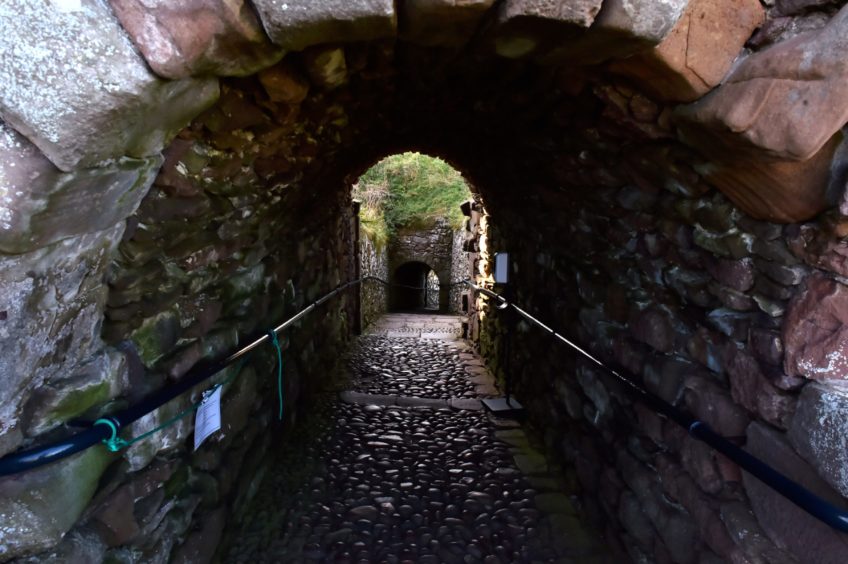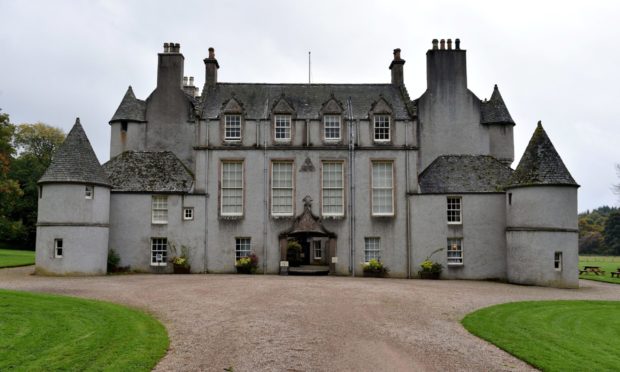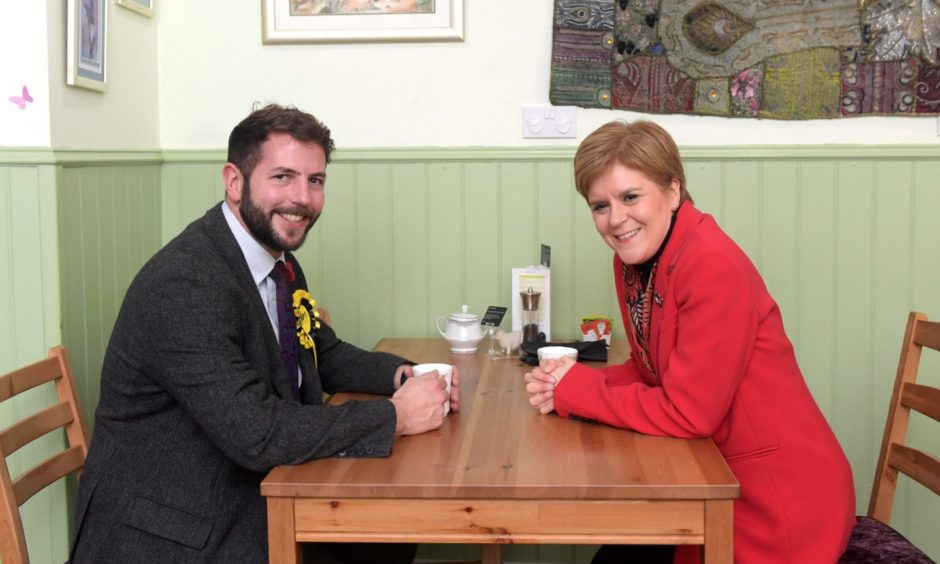An SNP party conference proposal to transform Scottish castles into luxury hotels could lead to a tourism boost in the north-east, it has been claimed.
The new plan would be based heavily on the model of Spain’s paradores, where luxury hotel accommodation has been created in historically significant buildings such as castles, convents, monasteries, fortresses and other historic buildings.
As the state maintains the buildings, it tries to locate the hotels in areas where it is not in competition with the private sector.
Spain has nearly 100 dotted across the country and last year they generated a turnover of £230 million for the country’s economy.
‘Aberdeenshire has more castle per square mile than anywhere else in the UK’
 Fergus Mutch, who was recently named the party’s MSP candidate in Aberdeenshire West, said Deeside and Upper Donside members made the proposal as part of a wider rural stimulus package being considered at next weekend’s party conference.
Fergus Mutch, who was recently named the party’s MSP candidate in Aberdeenshire West, said Deeside and Upper Donside members made the proposal as part of a wider rural stimulus package being considered at next weekend’s party conference.
He claims the benefits on the north-east could be “huge”, should the plans become a reality, due to the abundance of castles across the region.
“Aberdeenshire has more castle per square mile than anywhere else in the UK”, he added.
“The benefits for the north-east could be huge. Most tourists who come to Scotland will probably spend a couple of days in Edinburgh and then head for the Highlands.
“A unique experience to spend a night in a fairytale Scottish castle in the north-east could really attract people to the region and local businesses benefit, restaurants benefit, bars benefit, everyone benefits and they base their holiday around coming to Aberdeen and Aberdeenshire.”
Mr Mutch, a former head of research and press for the SNP at Holyrood, said the plan seems to “work well” in Spain; a country which historically had a lot of “under-loved” old monasteries, castles and historic sites that had fallen into disrepair.
He adds that as they are owned by the state, the profits go into the community or back into the public purse.
Leith Hall, a 17th-century country house, situated in Kennethmont, near Huntly, “fits the bill” for such a scheme as there are some “doubts over its future”, the SNP hopeful claims.
The property, which was passed to the National Trust for Scotland (NTS) in 2017 would was forced to shut its doors earlier this year amid financial pressures caused by the global pandemic.
Its estate and gardens have been welcoming visitors since July, but the home itself is due to remain closed until 2022 and a “significant” number of staff have been laid off.
The National Trust for Scotland is expected to lose £28m in income this year and the future of the historic buildings it runs remain under threat.
In terms of how the properties would be selected, the SNP candidate said this would likely start with looking at properties in public ownership at the moment, either owned by Historic Environment Scotland, or held in trust with the nation such as the National Trust for Scotland.
“Probably getting those heritage bodies signed up to the idea is the first step”, he added.
“There’s a large number of properties in somewhere like the north-east, for example, in public ownership or held in trust which might be decent candidates from the off.”
The scheme may also encourage individuals who own historic properties at the moment and want to pass them on, to take part.
Mr Mutch said: “The long and short, there is already a heap of properties that are there that should be open to the public so this might be a way of ensuring that they remain open and accessible to the public for years ahead.”

